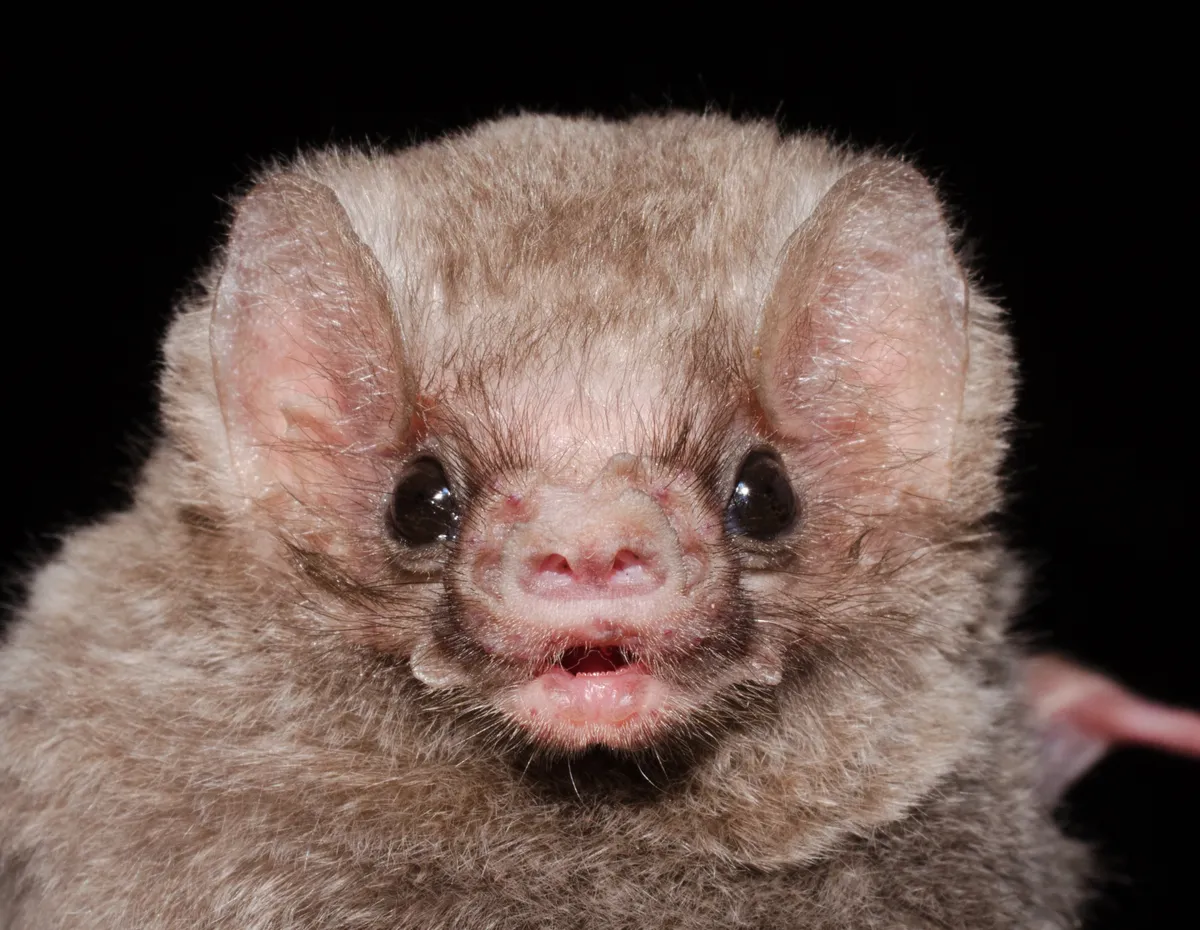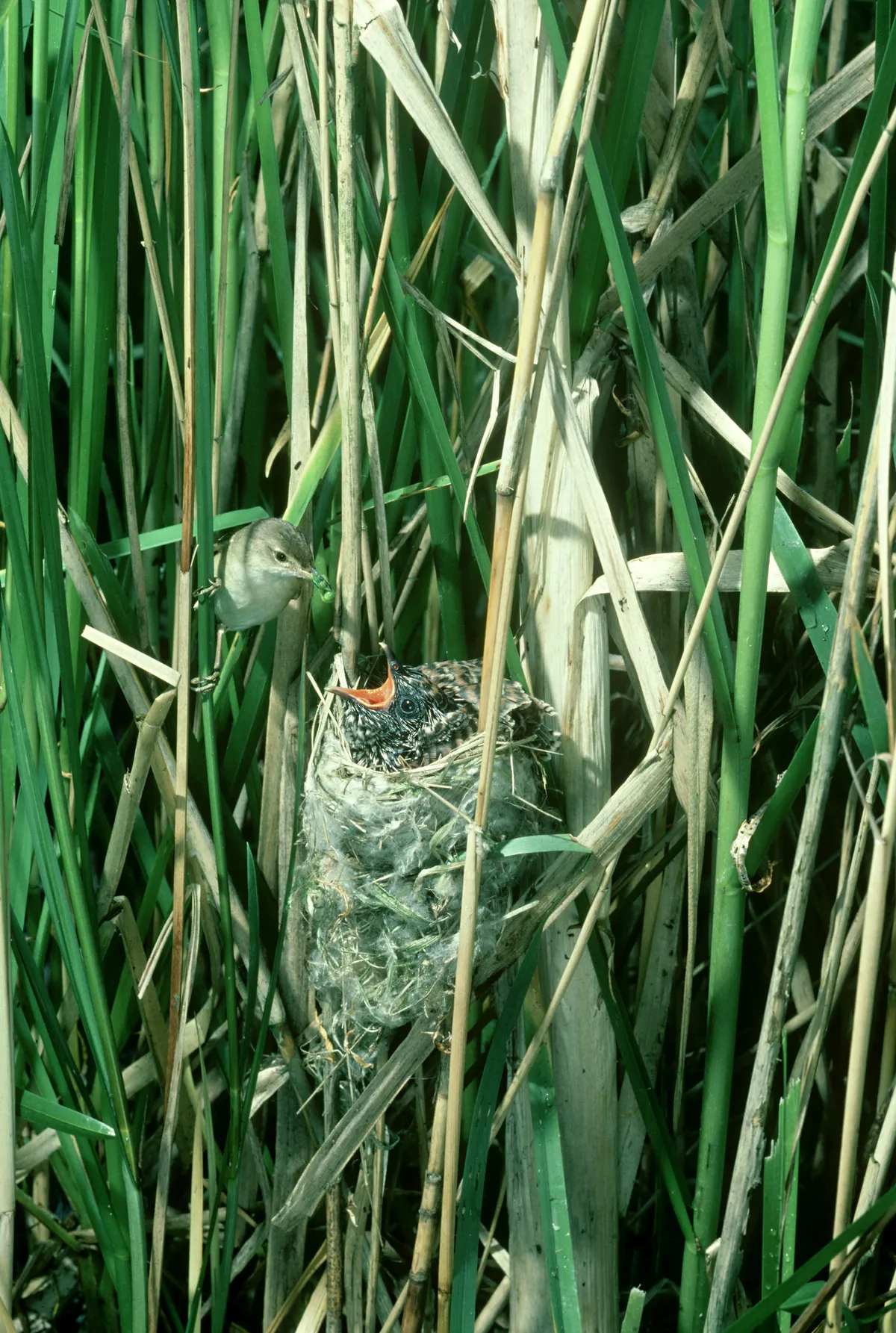Parasite. The word alone can make your skin crawl. Parasites can be either viruses or organisms, and can be anything from inconvenient pests that don't normally kill to mind-controlling puppet masters with (often disgusting) life strategies that have evolved to benefit themselves at the cost of others.
What is parasitism?
It's a relationship in which one partner exploits the resources of the other. Those resources are typically food – sometimes in the form of body parts – so a parasite will harm the host by reducing its ability to survive and reproduce.
Parasites are generally smaller than their hosts and tend to consume the body, making them micropredators. As biologist EO Wilson once wrote, parasites are "predators that eat prey in units of less than one."
More on parasites:
Where do parasites live?
Some, such as worms and bacteria, are endoparasites that inhabit a host's body or live inside its cells. Others, such as sap-stealing aphids and bloodsucking leeches or vampire bats, are ectoparasites that attach to the outside surface.

Then there's mesoparasites that become embedded in their host's body. Some will even remove organs, like the tongue-eating louse (Cymothoa exigua), which enters a fish via the gills then replaces its host's tongue. They look kind of cute!

How are parasites transmitted?
They use various routes, as illustrated by arthropods. Some, such as human head lice, jump directly from host to host.
Others have a free-living stage and can travel between hosts, so they also serve as vectors that carry disease-causing parasites (pathogens), like the mosquitoes that deliver malaria parasites.

Many parasites, including tapeworms and nematodes, are transmitted trophically – meaning a parasite is eaten by the host, often via the 'faecal-oral' route.
What's a parasitoid?
It's a parasite that kills its host. For instance, an adult endoparasitoid wasp paralyses with a sting then lays eggs on a host's body, which its young consume.
Ectoparasitoid wasps inject eggs into the body that gestate inside their living incubator, growing along with the host until young insects eat their way out – which was the inspiration for the 'chestburster' Xenomorph in the film Alien.
How do parasites exhibit mind control?
Yes! While parasitic animals sense hosts using specific cues (a mosquito uses body odours), certain brainless parasites release mind-controlling substances that manipulate behaviour to maximise their chances of reaching new hosts.
One famous example is Ophiocordyceps unilateralis, popularly known as 'zombie ant fungus'. This species prompts its insect host to bite a leaf or twig above a colony while the parasite's 'fruiting bodies' grow from the ant's head.
These fruiting bodies rupture to release fungal spores onto the colony below. The idea that fungi could do the same to people inspired the video game (and now TV series) The Last of Us.
What's brood parasitism?
Some species don't bother to rear young and instead lay their eggs in the nests of 'foster parents' – hosts that incubate then feed the parasitic offspring.

The most well-known example is the common cuckoo, whose eggs mimic the colours and patterns of a host's eggs to minimise rejection. Cuckoo chicks often hatch first and, while still blind and naked, evict other birds from 'their' nest.
- Listen to BBC Wildlife’s Megan Shersby interviewing the biologist Professor Nick Davies about cuckoos for the BBC Countryfile Magazine podcast.
Cuckoo bumblebees exhibit a similar behaviour, killing the queen bumblebee of a colony and forcing the original queen’s workers to look after the cuckoo’s eggs.
How common are parasites?
Across the animal kingdom, parasitism has evolved at least 223 times and an estimated 40 per cent of species are parasites themselves.
Parasitic plants are rare, at around 1 per cent of flowering species, and use a root-like structure called a haustorium to penetrate other plants and siphon-off liquid nutrients.
One UK example is yellow rattle (Rhinanthus minor) which is a hemiparasite on grasses. In doing so, it weakens the grasses and gives other wildflowers a chance to grow. This significant effect means that yellow rattle is considered an ecosystem engineer.

Parasitic relationships are a co-evolutionary arms race. Over time, as natural selection drives a parasite to evolve features that help infection, adaptations such as physical barriers protect hosts against invasion. Many animals develop a tough epidermis, for instance, while plants may have thick cells walls and tree bark. To tolerate parasites, you need a thick skin.
Main image: Cordyceps militaris growing on a mulberry silkworm pupa. © Kornwipa Ponganan/Getty

